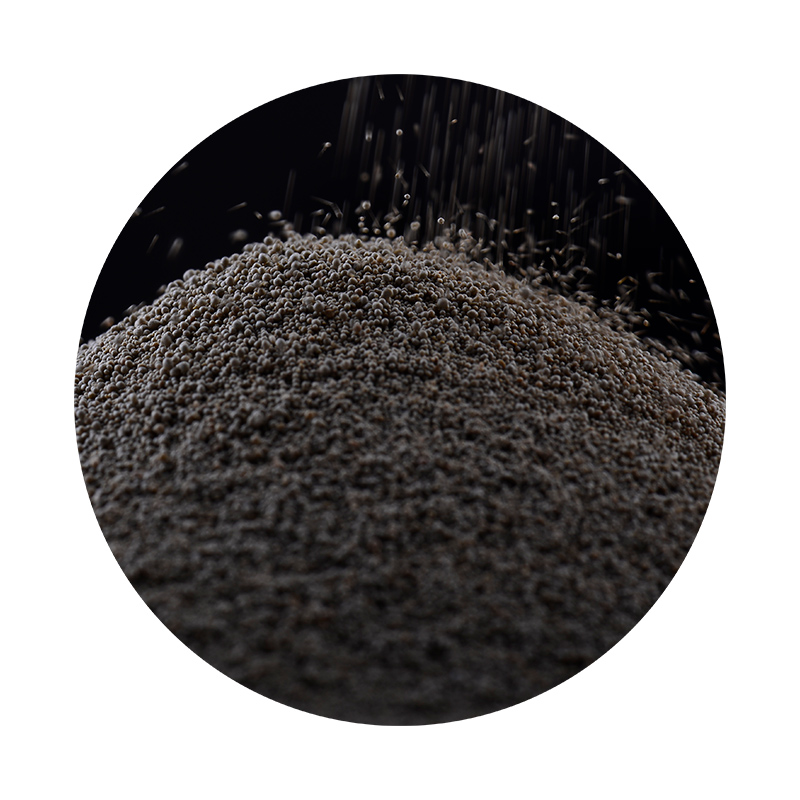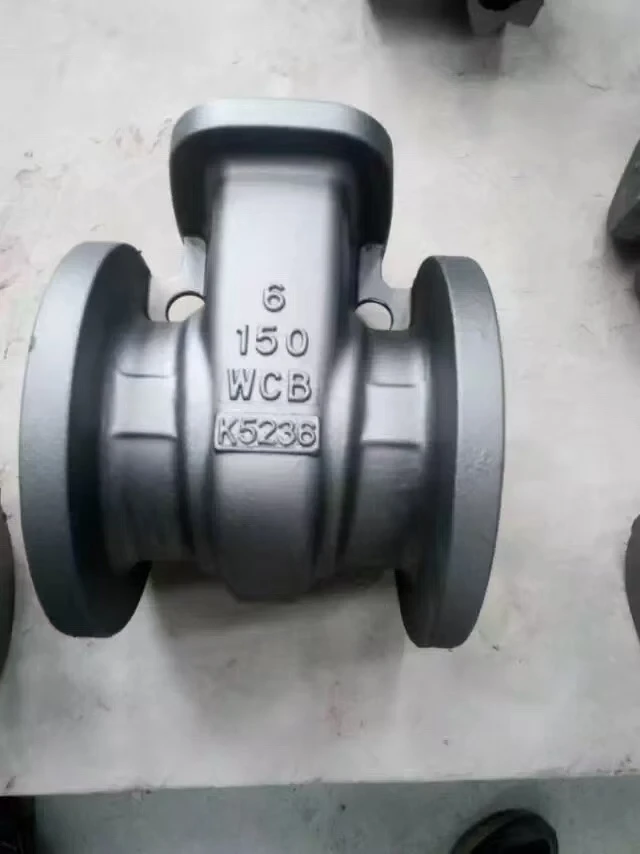

Trustworthiness in the casting sand industry is built through transparency and proven performance. Foundries must rely on suppliers who maintain rigorous quality control standards, providing certification and documentation on every sand batch's properties. Testing methods, such as sieve analysis, moisture content testing, and gas permeability measurements, are routinely conducted to guarantee the sand's suitability for demanding casting applications. Investing in high-quality casting sand upfront pays dividends in reducing waste, minimizing defects, and improving overall cost efficiency. Inferior sand can lead to casting defects such as porosity, inclusions, or surface imperfections, which significantly compromise the final product's durability and functionality. Thus, well-informed decisions regarding casting sand types and processing directly correlate with operational success. Emerging technologies are continually reshaping the landscape of casting sand applications. Additive manufacturing and digital modeling offer promising avenues to refine mold design and sand utilization further. Sand printers, capable of creating intricate molds directly from digital files, are becoming more prevalent, allowing for rapid prototyping and customization. Yet, despite technological advancements, traditional practices retain their relevance. Craftsmanship still plays a significant role, with experienced foundry workers leveraging their expertise to troubleshoot issues and optimize casting sand formulations in real-time. In summary, casting sand for metal represents a critical intersection of experience, expertise, authoritativeness, and trustworthiness. It requires a depth of understanding of materials, process optimization, and an ongoing commitment to quality assurance. For manufacturers and suppliers, embracing innovation while honoring time-tested practices ensures not only operational success but also positions them as leaders in a competitive industry. By prioritizing high-quality casting sand and leveraging cutting-edge technologies, foundries can enhance their production capabilities and maintain a strong footing in the global market. Post time:فروری . 13, 2025 14:18
Next:coated sand
